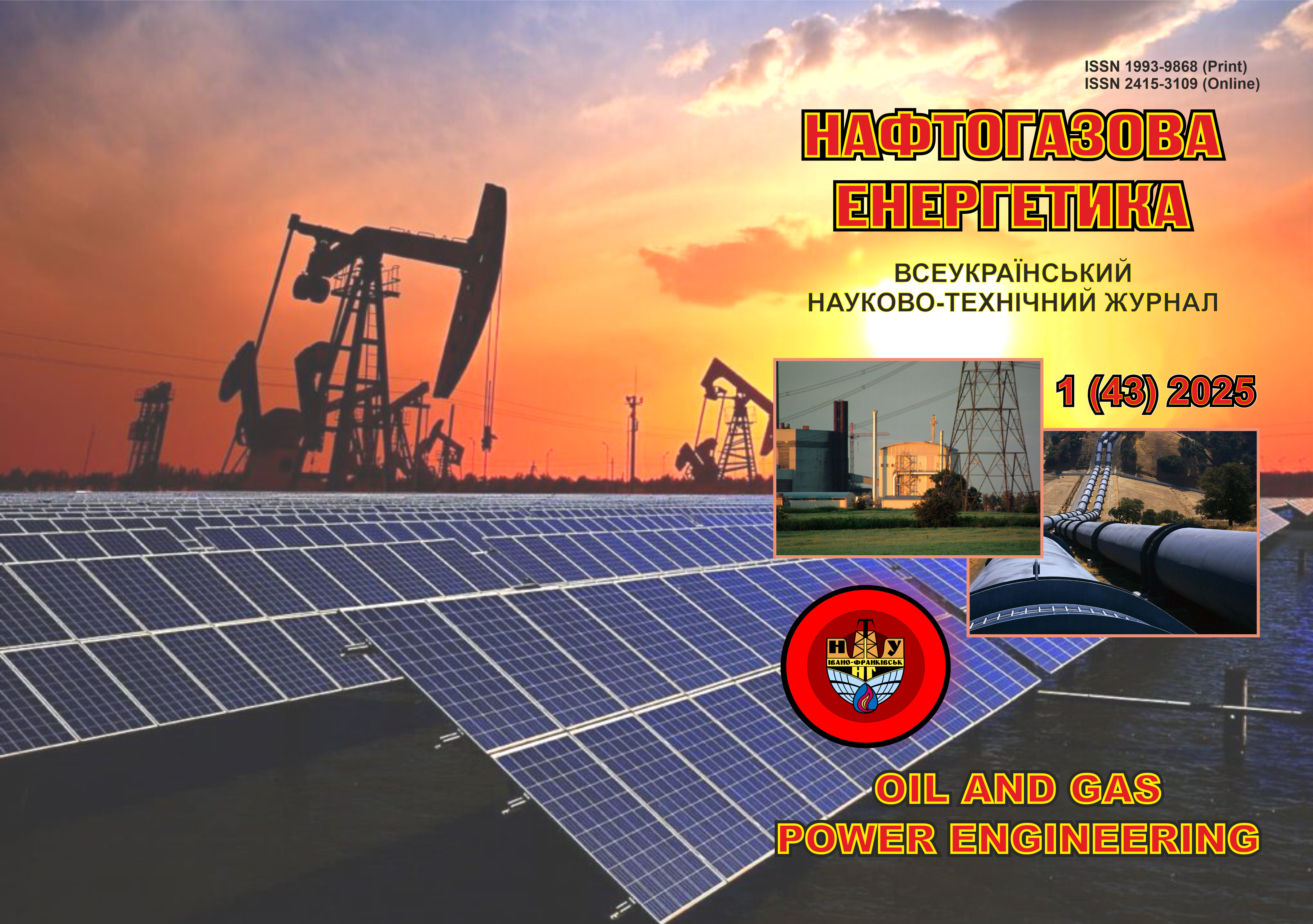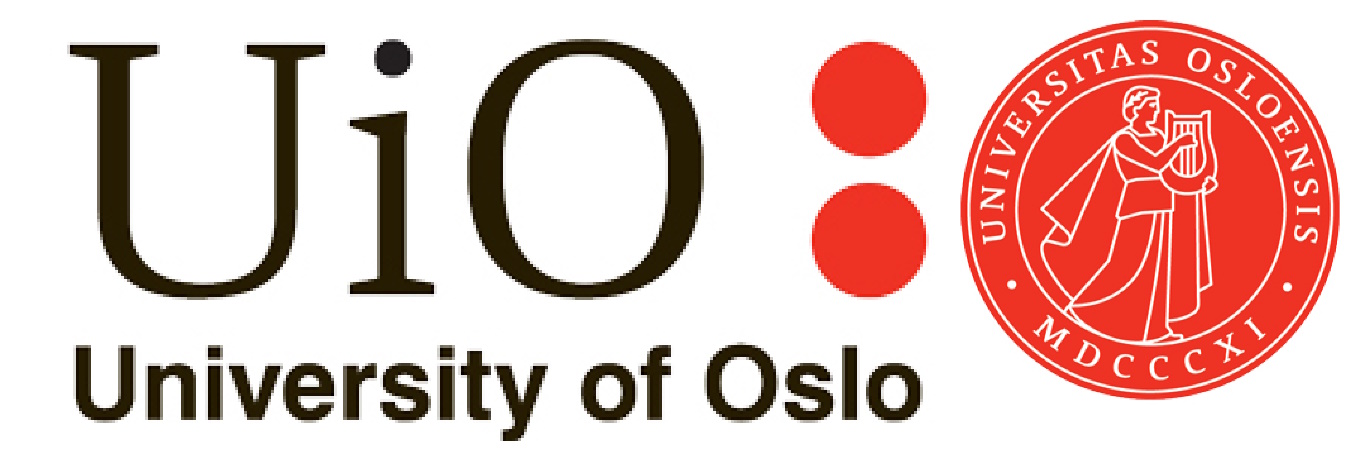ON THE QUESTION OF THE POSSIBILITY OF REDUCING PROTECTIVE ZONES OF THE LINEAR PART OF GAS TRANSPORTATION SYSTEMS
DOI:
https://doi.org/10.31471/1993-9868-2025-1(43)-117-125Keywords:
gas transportation system; protection zones; failure intensity; reliability of operation; economic and environmental losses; objective function; optimization.Abstract
The work is devoted to establishing the regularities of the aging process of the linear part of the main gas pipelines during their long-term operation, assessing reliability indicators and predicting the intensity of emergency failures for the future period of their operation, based on the information received, assessing the possibility of reducing the territory of the protection zones of the linear part and safety measures for further work. Based on actual information about the history of the operation of the Brotherhood gas pipeline, a stochastic model for studying the dependence of the intensity of emergency failures of the linear part on the period of operation was created, which is based on the Weibull distribution. Polynomial approximation of the established dependence during the aging period of the linear part of the gas pipeline allows predicting the intensity of emergency failures of the gas pipeline for the future period of operation, which makes it possible to establish economic and
environmental losses in the future on the areas of the territory of the protection zones. However, the use of approximating functions has, along with its advantages, a serious drawback, since predicting the state of the object using the appropriate formulas complicates the forecasting process. Therefore, after selecting and calculating the coefficients of any approximating expression, it should be transformed into a specific function for which the forecasting apparatus is developed. This is the only way to use a wide class of approximating expressions with a relatively uncomplicated mathematical support for forecasting. On the other hand, reducing the territory of the protection zones will allow their areas to be used in the national economy, which will bring a certain profit to the state in the future. Thus, the optimization problem of determining the rational size of the protection zone while ensuring reliable operation of the gas pipeline is formulated. A method for constructing the objective function
based on the created stochastic model and an algorithm for its implementation in specific conditions of gas pipeline operation are presented. It is emphasized that if it is necessary to reduce the area of the protection zone in a specific case, it is necessary to conduct detailed inspections of the technical condition of the gas pipeline and take measures to ensure the reliability indicators of its operation at the proper level. Based on the research results, a principle for optimizing the territory of the protection zones of the gas transportation system in conditions of a long operating period is proposed according to the criterion of minimum costs for gas transportation with a maximum level of gas supply reliability.
Downloads
References
Singh R. Pipeline integrity handbook: Risk management and evaluation (2nd ed.). Gulf Professional Publishing. 2017. 317 p. ISBN: 978-0-12-813045-2.
Petrovskyi B.S., Laus A.I., Savula S.F. et. al. Vidnovlennia hermetychnosti zapirnoi armatury mahistralnykh hazoprovodiv. Ternopil: Bohdan, 2007. 170 p. [in Ukrainian]
Kliuk B.O. Hazonaftoprovody: optymizatsiia yikh sporudzhennia, ekspluatatsii ta zakhyst pryrody. Kharkiv: UkrNDIHaz, 2000. 186 p. [in Ukrainian]
Osadchuk V.A., Andreikiv O.Ie., Banakhevych Yu.V. et. al. Zalyshkova mitsnist ta dovho-vichnist dilianok naftohazoprovodiv z defektamy. Lviv: Lvivska politekhnika, 2014. 264 p. [in Ukraini-an]
Nadiinist silskohospodarskoi tekhniky: Pidruchnyk / M.I. Chernovol, V.Iu. Cherkun, V.V. Au-lin ta in.; Za zah. red. M.I. Chernovola. Kirovohrad: TOV «KOD», 2010. 320 p. [in Ukrainian]
Kartashov M. V. Imovirnist, protsesy, statystyka. Kyiv : VPTs Kyivskyi universytet, 2007. 504 p. [in Ukrainian]
Nadiinist tekhniky. Metody otsinky pokaznykiv nadiinosti za eksperymentalnymy danymy: DSTU 3004-95.-K.: Derzhstandart Ukrainy, 1995. 51 p. [in Ukrainian]
Stepiuk M. D. Modeliuvannia zalezhnosti kilkosti avariinykh zupynok vid napratsiuvannia HPA v umovakh KS: zbirnyk materialiv Vseukrainskoi naukovo-praktychnoi konferentsii «Peredovyi naukovo-praktychnyi dosvid – 2009». Mykolaiv: NUK, 2009. P. 159–164. [in Ukrainian]
Revie R. W. Oil and gas pipelines: Integrity and safety handbook. John Wiley & Sons. 2015. XXXVI, 816 p.
Hniedenko B. V. Kurs teorii ymovirnostei: pidruchnyk. K.: Vydavnycho-polihrafichnyi tsentr "Kyivskyi universytet", 2010. 464 p. ISBN 978-966-439-206-5 [in Ukrainian]
Kovalko M.P., Hrudz V.Ia., Mykhalkiv V.B. et. al. Truboprovidnyi transport hazu. Kyiv:
ArenaEKO, 2002. 600 p. [in Ukrainian]
Budzuliak B.V. Metodolohyia povyshenyia effektyvnosty ekspluatatsyy systemy truboprovod-noho transporta haza na stadyy razvytyia y rekonstruktsyy. Moskva: Nedra, 2003. 170 p. [in Russian]
Hovdiak R.M., Semchuk Ya.M., Chabanovych L.B. et. al. Enerhekolohichna bezpeka nafto-hazovykh obiektiv. Ivano-Frankivsk, Lileia NV, 2007. 554 p. [in Ukrainian]
Kryzhanivskyi Ye.I., Honcharuk M.I., Hrudz V.Ia. et. al. Enerhetychna bezpeka derzhavy: vysokoefektyvni tekhnolohii vydobuvannia, postachannia i vykorystannia pryrodnoho hazu. Kyiv: Inter-pres LTD, 2006. 283 p. [in Ukrainian]
Francis K . Gip . New operation strategies in heavy crycle pipeline will increase profit margin. Oil & Gas journal. 2003. No 10. P. 60-64.
Ianiv P.P., Hrabovskyi R.S., Bolonnyi V.T., Zhdek A. Ia. Prohnozuvannia parametriv nadiinos-ti i dovhovichnosti roboty neizotermichnykh naftoprovodiv na osnovi faktychnykh rezhymiv transportu-vannia nafty. Mizhvuzivskyi zbirnyk “Naukovi notatky”. 2010. No 29. P. 251–258. [in Ukrainian]
Khrutba V.O. Vaihanh H.O., Stehnii O.M. Analiz ekolohichnykh nebezpek pid chas eksplu-atatsii ta remontu mahistralnykh truboprovodiv. Ekolohichna bezpeka. 2017. No 2(24). P. 75–82. [in Ukrainian]
Entezari E., González-Velázquez J. L., Rivas López D., Zúñiga M. A. B., Szpunar J. A. Re-view of Current Developments on High Strength Pipeline Steels for HIC Inducing Service . Fracture and Structural Integrity, 2022. No 16(61). P. 20–45. https://doi.org/10.3221/IGF-ESIS.61.02
Downloads
Published
How to Cite
Issue
Section
License
Copyright (c) 2025 Oil and Gas Power Engineering

This work is licensed under a Creative Commons Attribution-ShareAlike 4.0 International License.


.png)






1.png)









